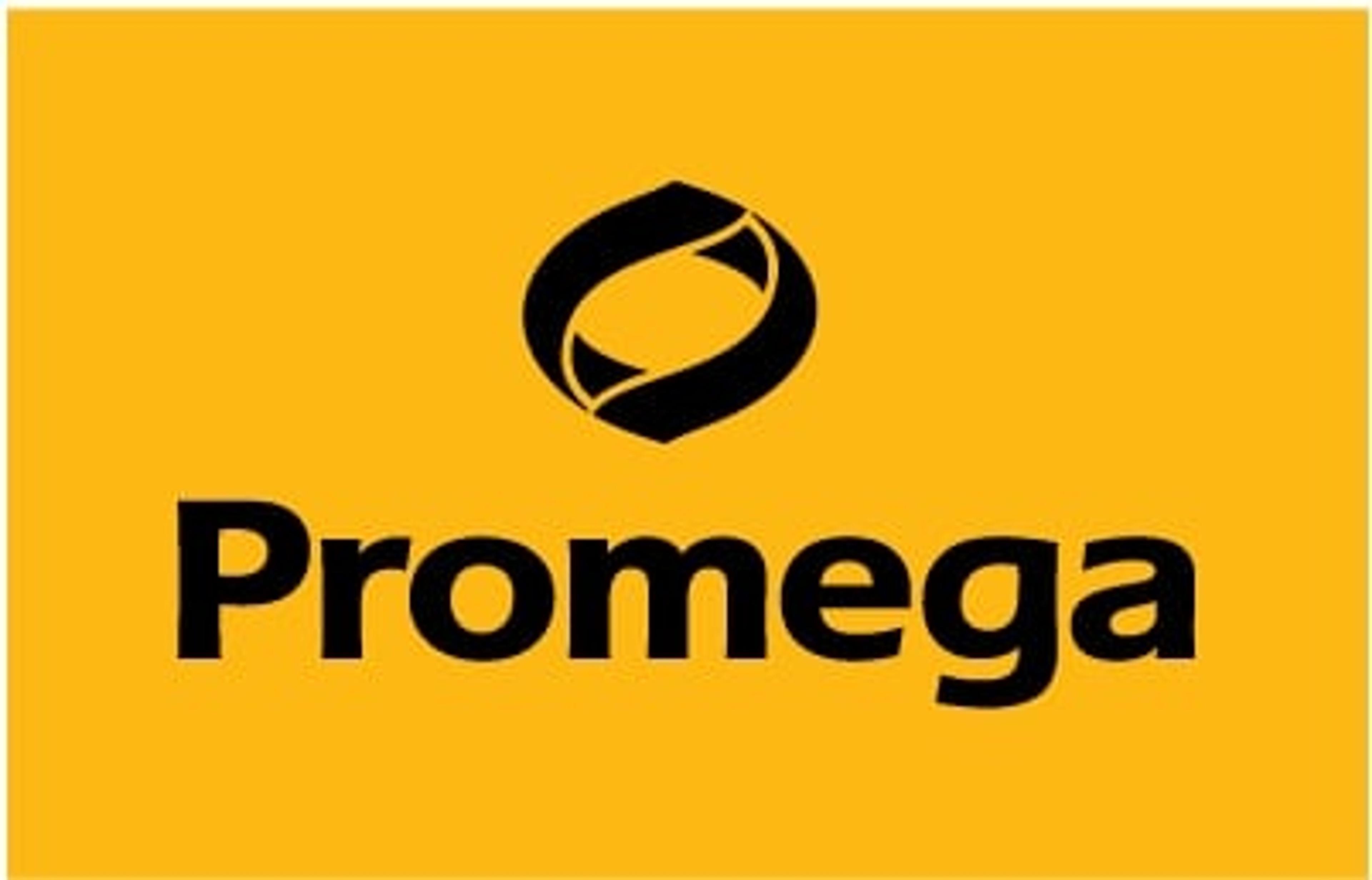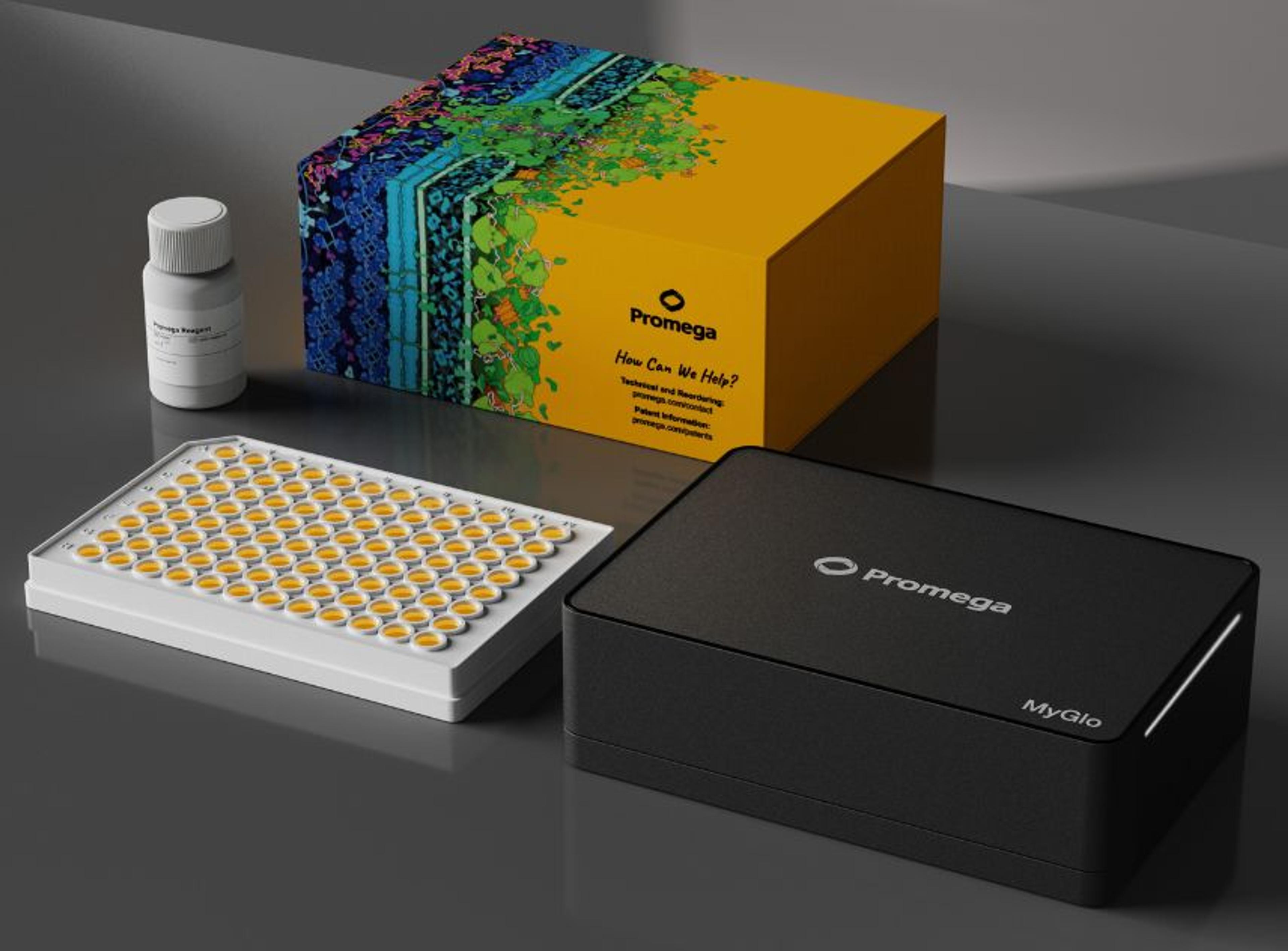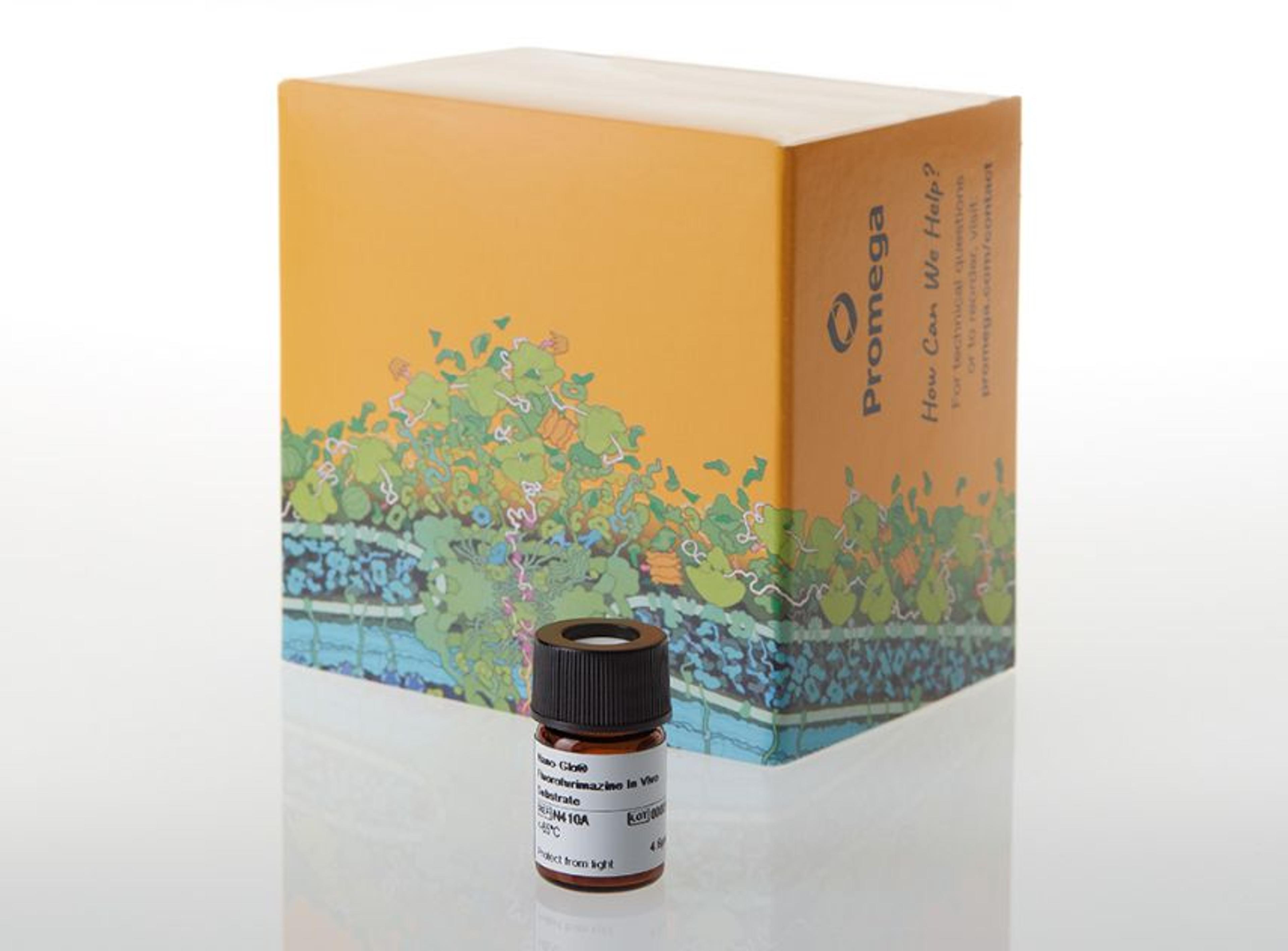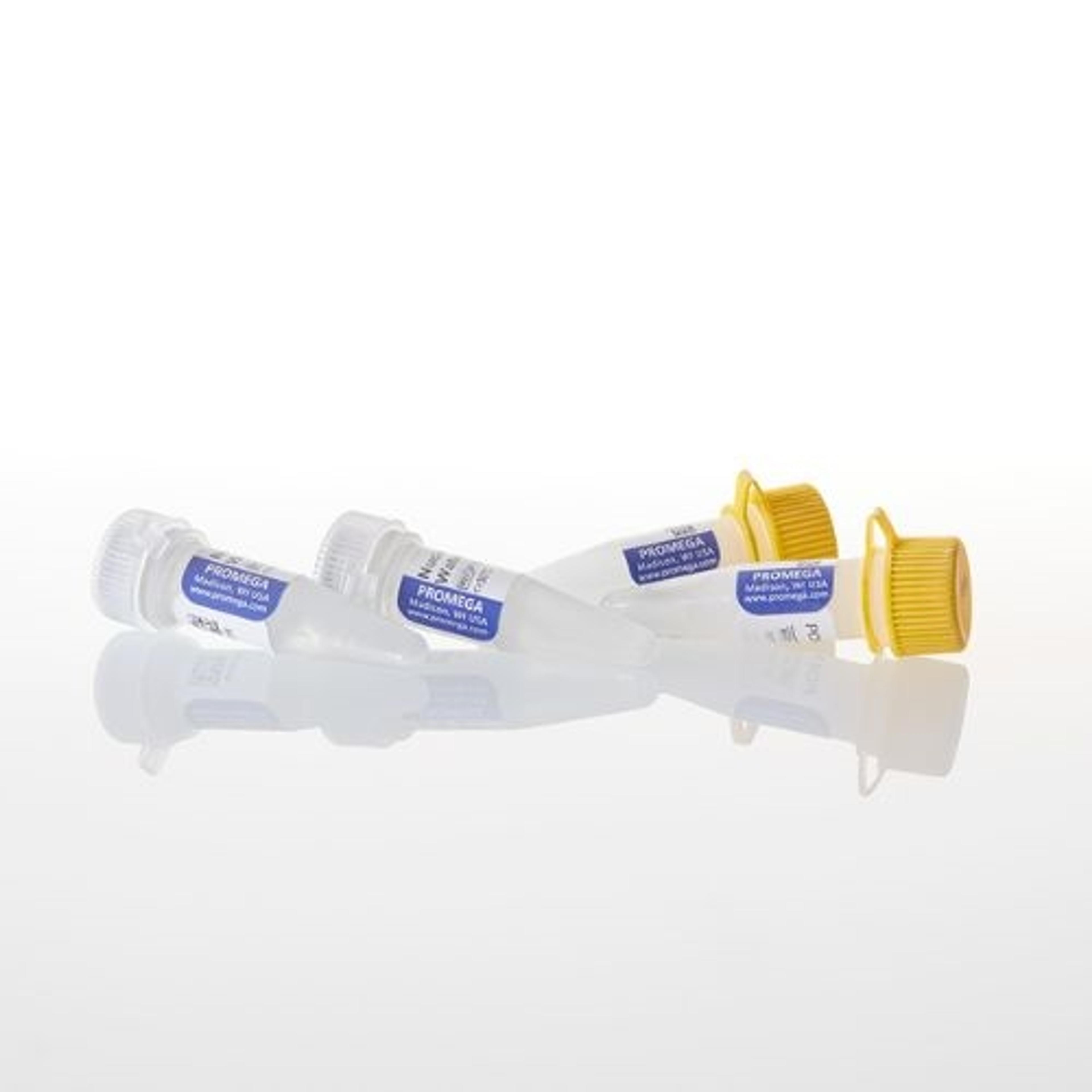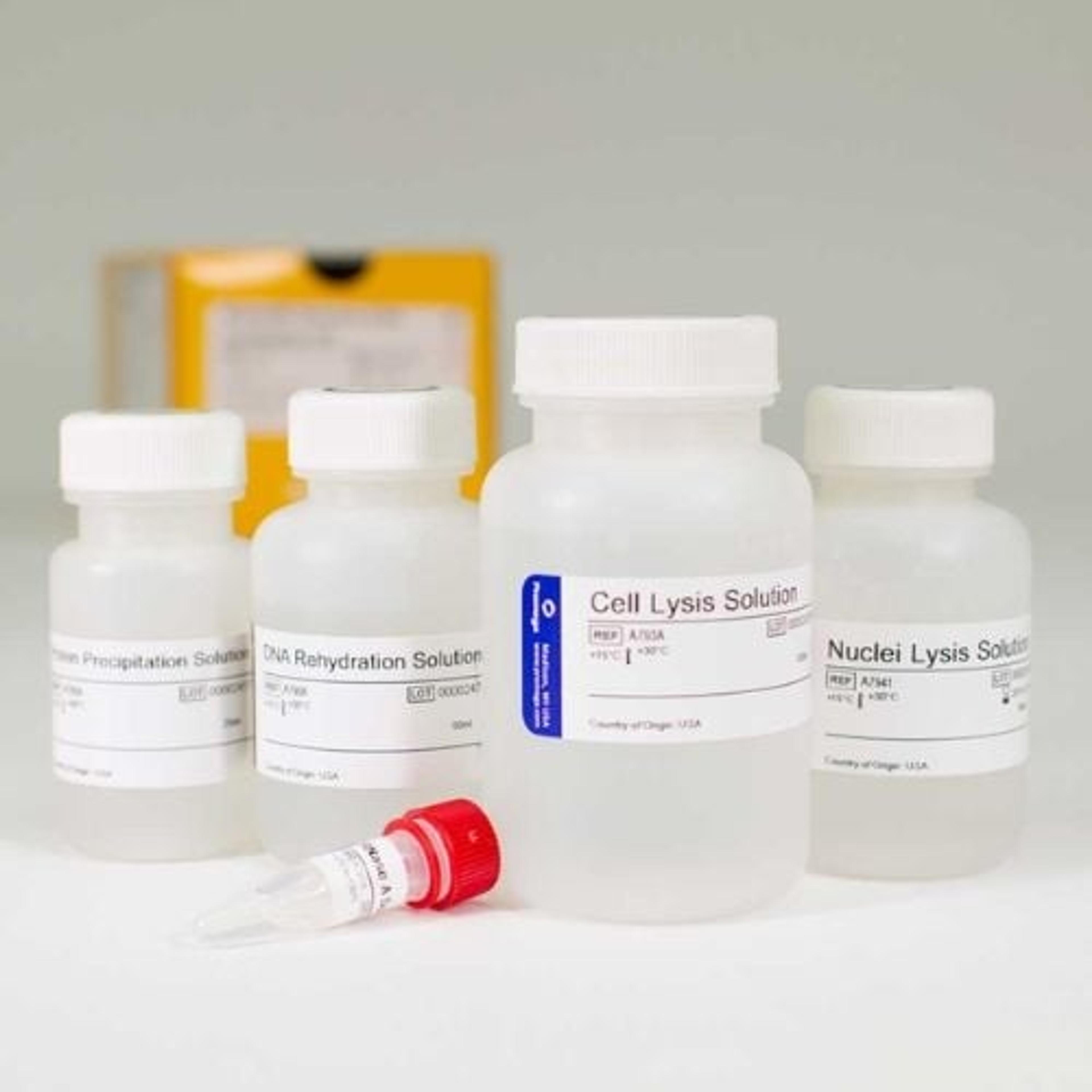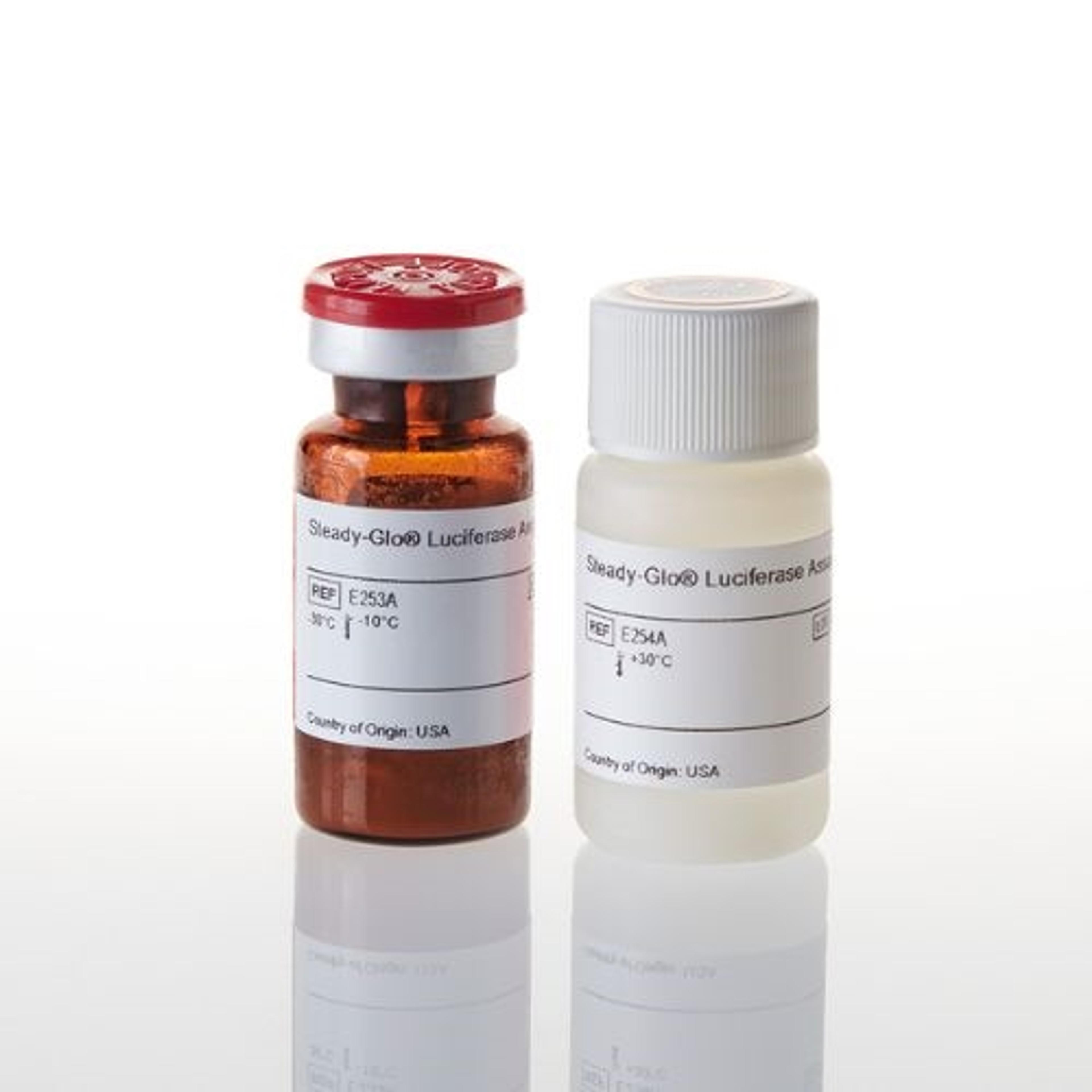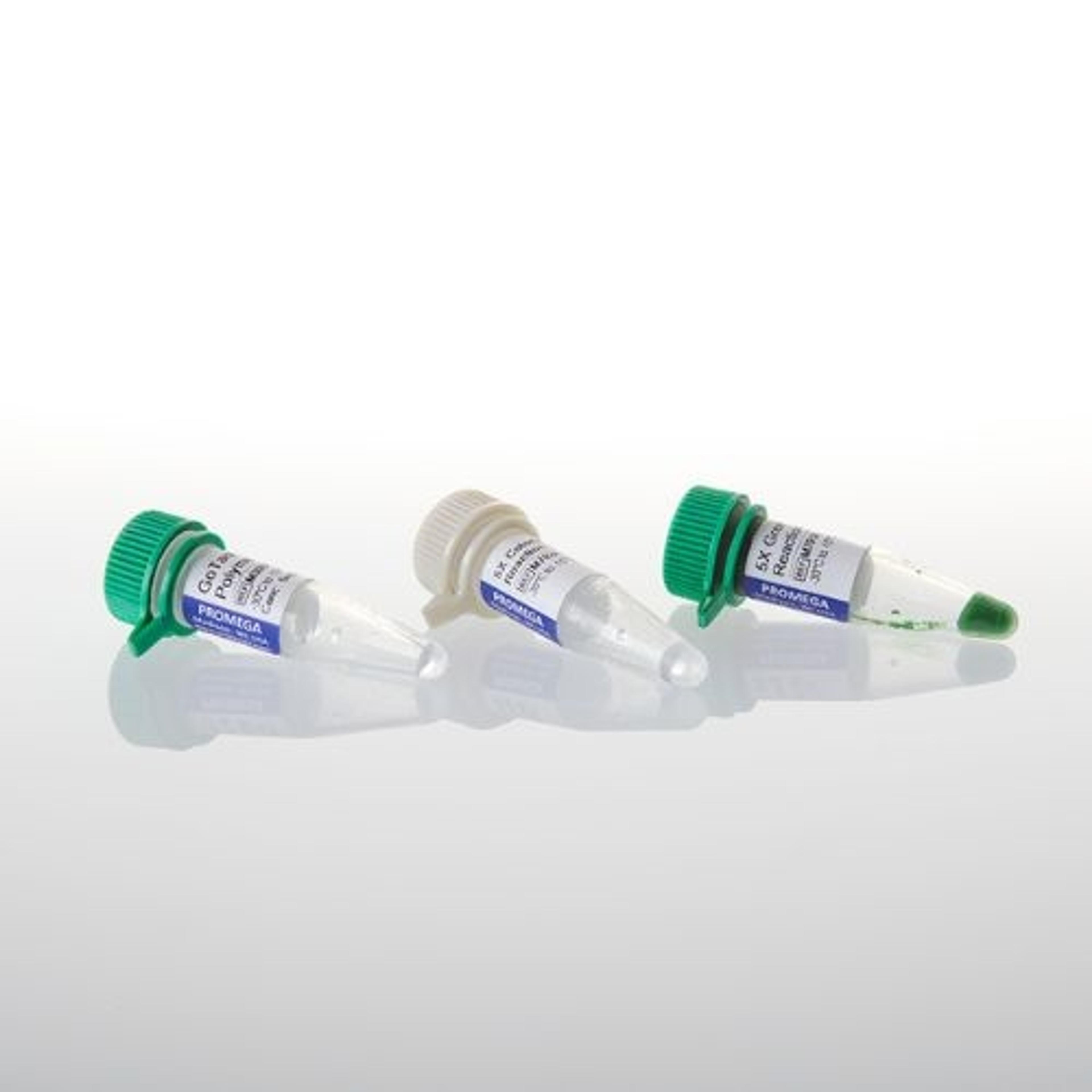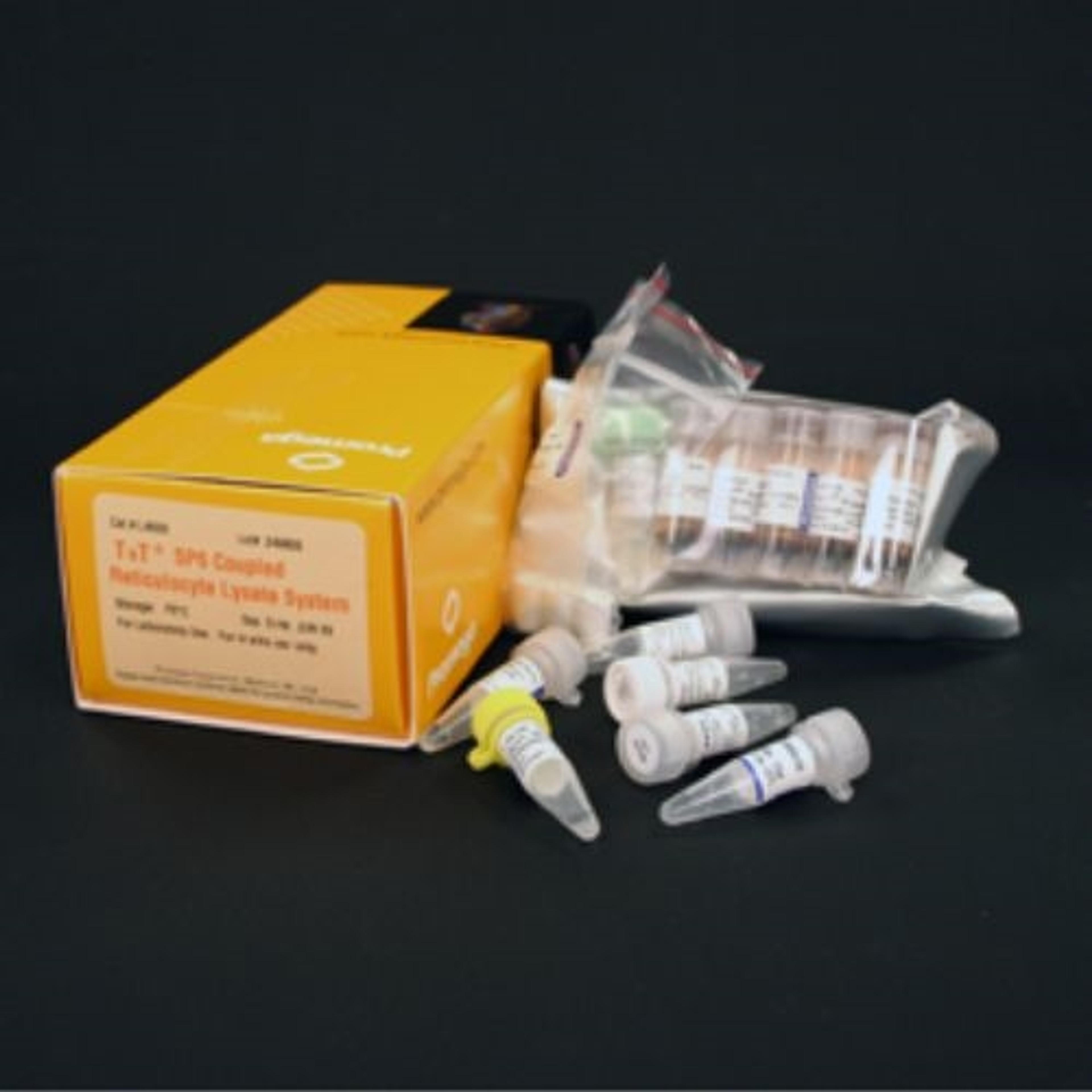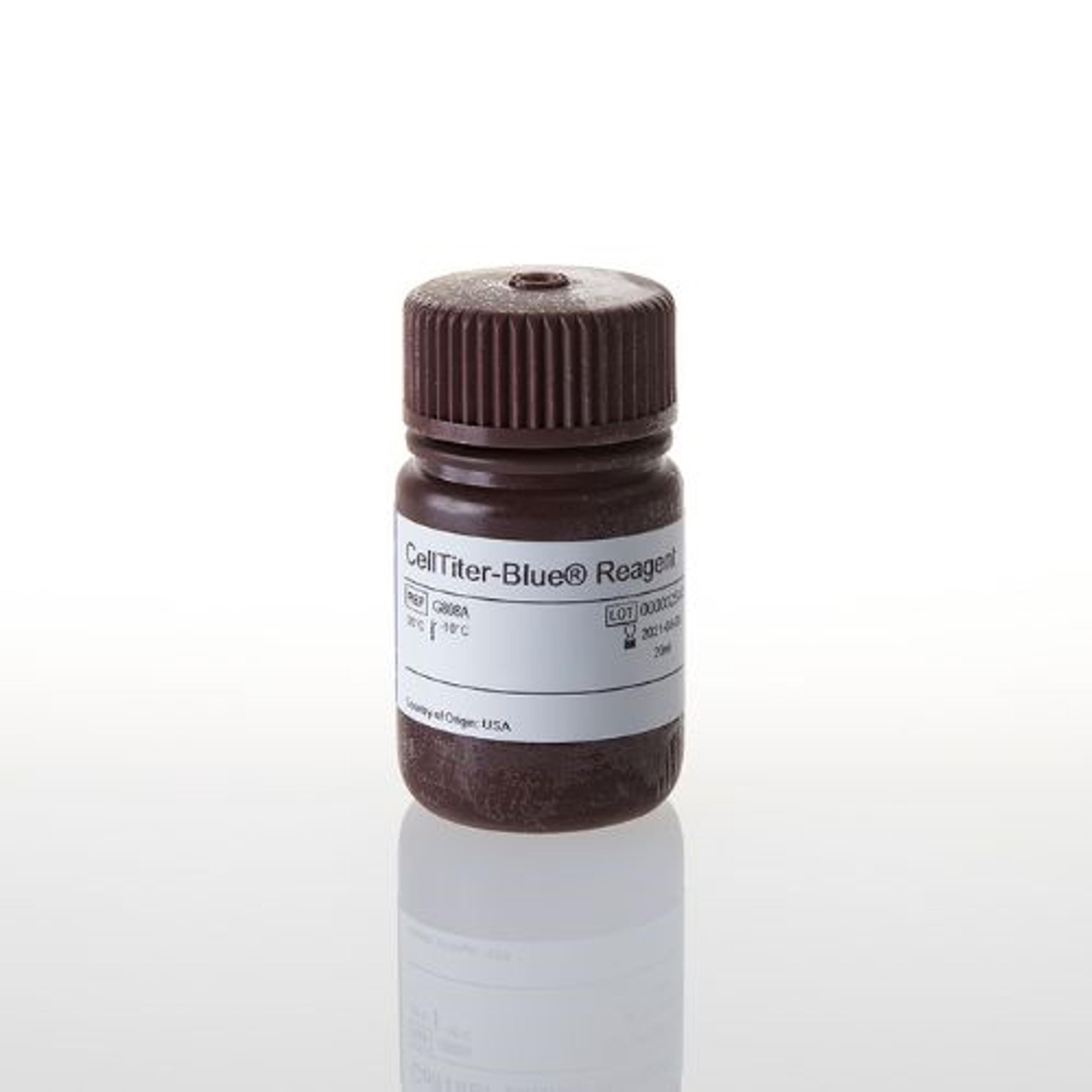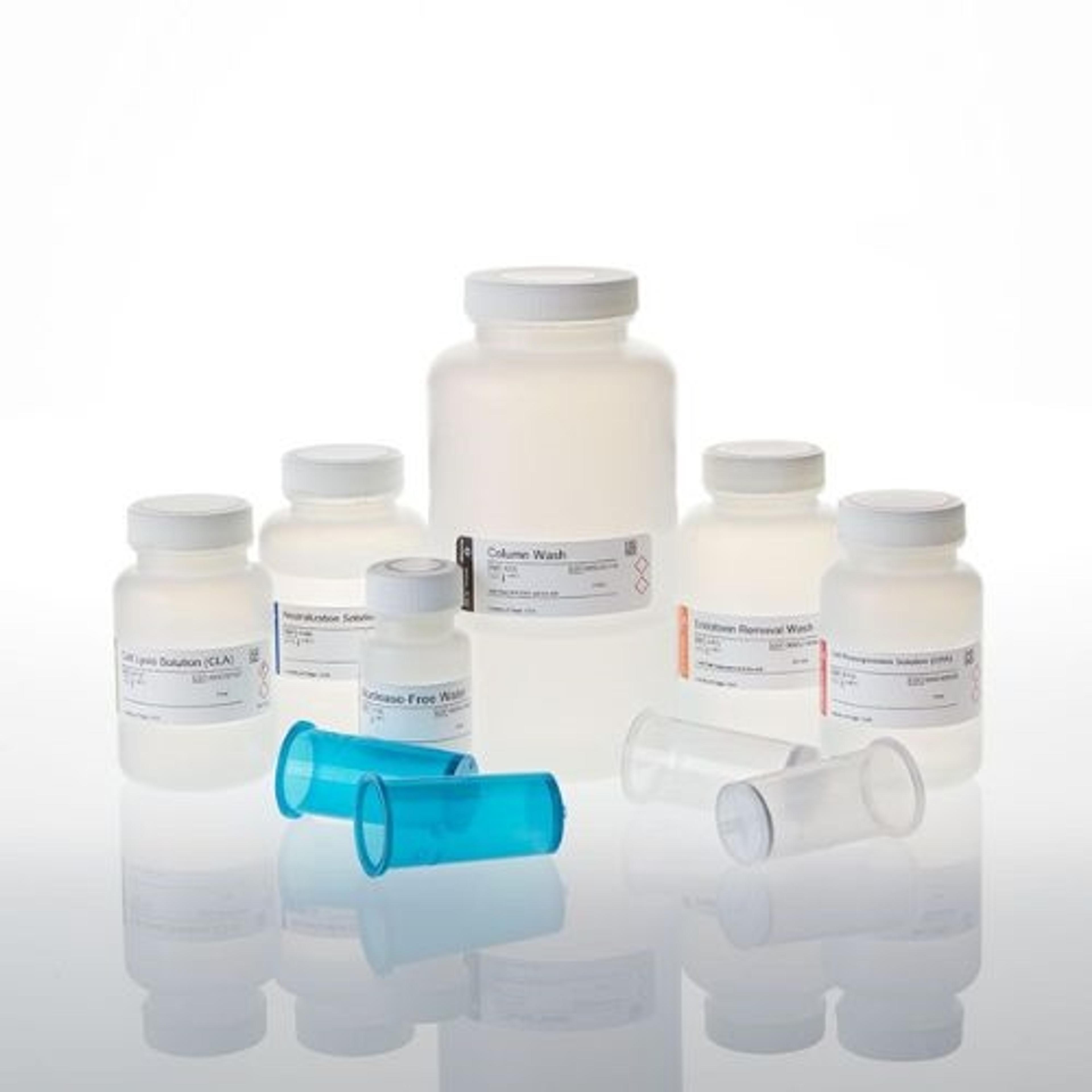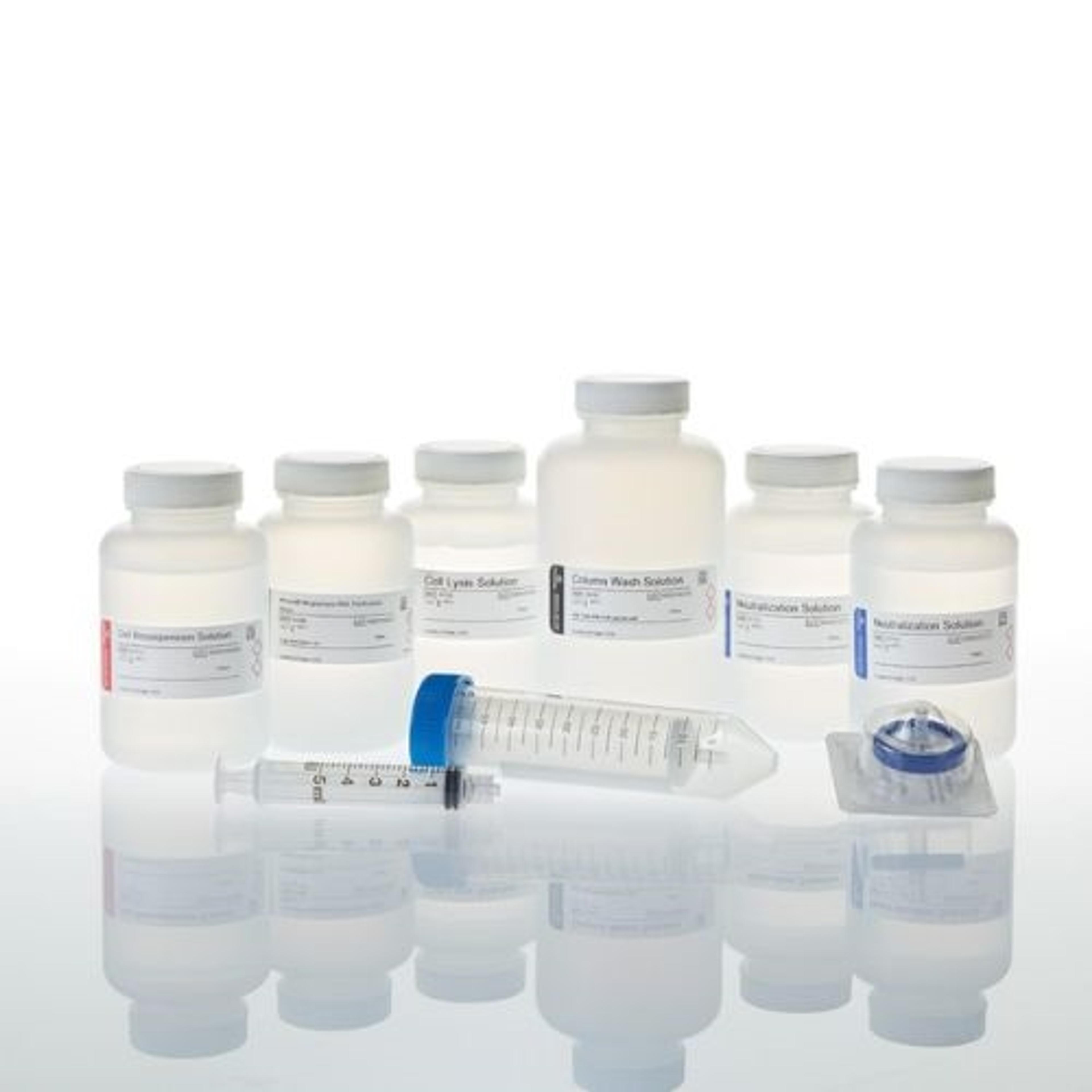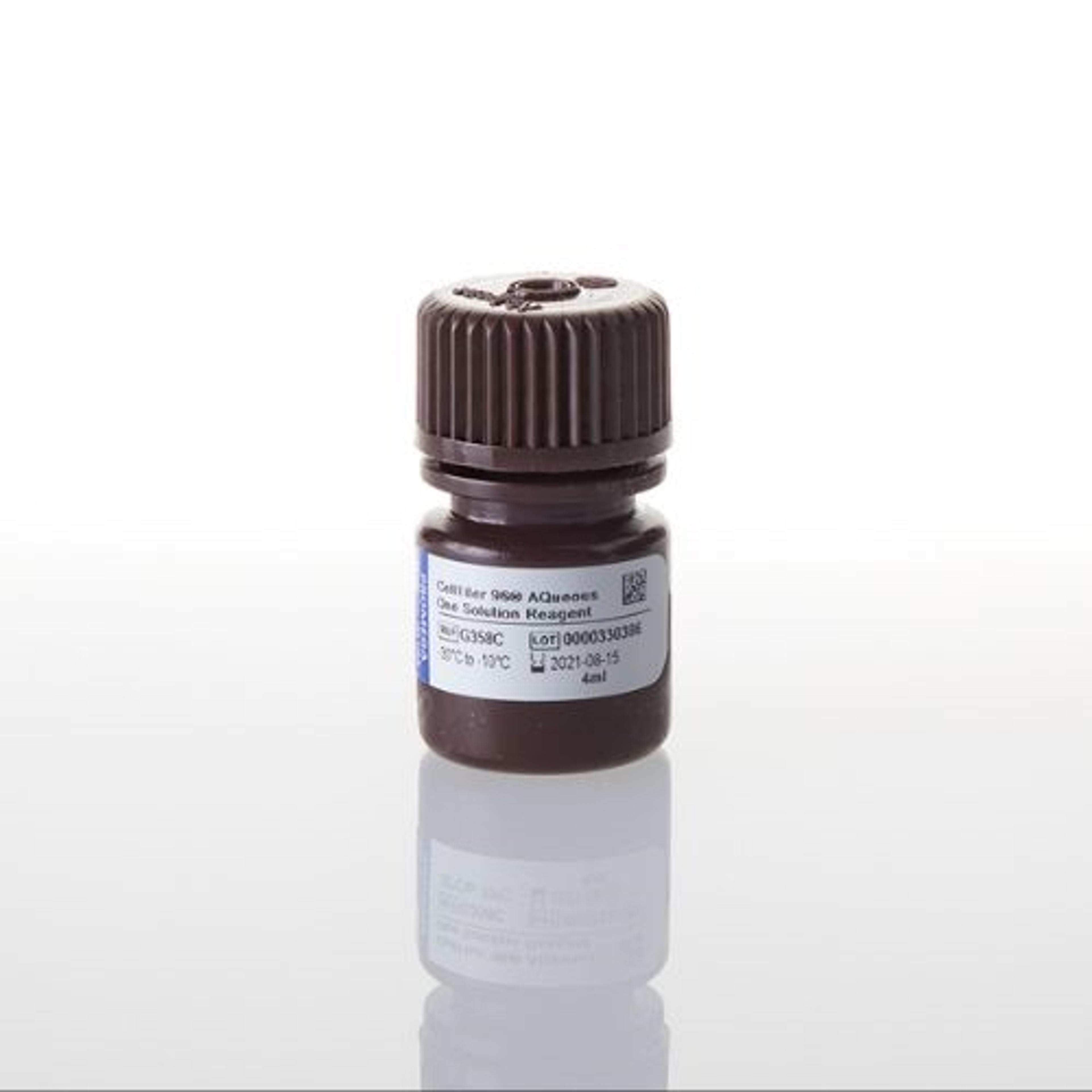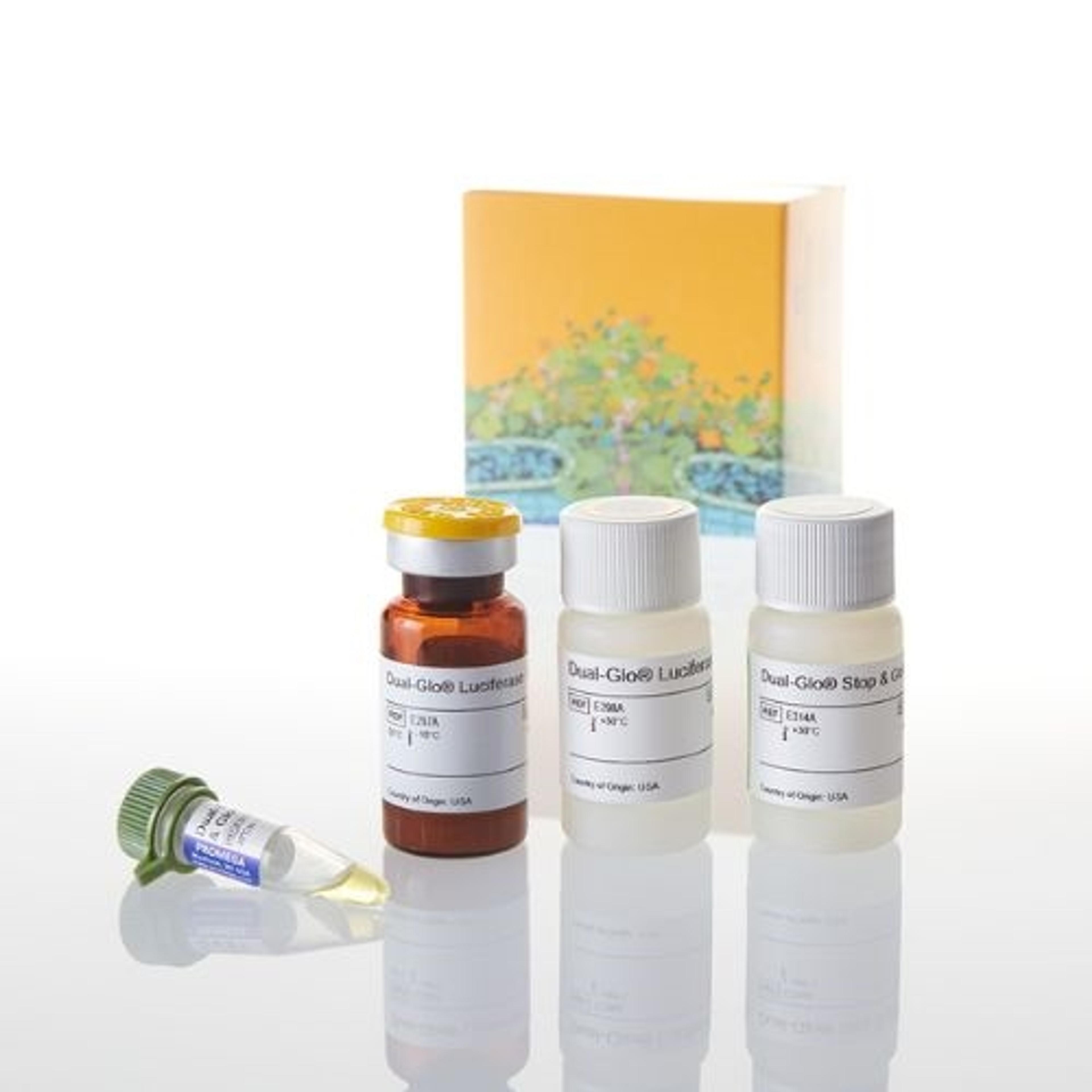DPPIV-Glo™ Protease Assay
The DPPIV-Glo™ Protease Assay is a homogeneous, luminescent assay that measures dipeptidyl peptidase IV (DPPIV) activity. DPPIV is a serine protease that cleaves N-terminal dipeptides from polypeptides with L-proline or L-alanine at the penultimate position. The DPPIV-Glo™ Assay provides a proluminescent DPPIV substrate, Gly-Pro-aminoluciferin, in a buffer system optimized for DPPIV and luciferase activities. The addition of a…
Very good for follow up assay, not so much for primary screen (too much false inhibitor).
Review Date: 17 Jun 2011 | Promega Corp.
The DPPIV-Glo™ Protease Assay is a homogeneous, luminescent assay that measures dipeptidyl peptidase IV (DPPIV) activity. DPPIV is a serine protease that cleaves N-terminal dipeptides from polypeptides with L-proline or L-alanine at the penultimate position. The DPPIV-Glo™ Assay provides a proluminescent DPPIV substrate, Gly-Pro-aminoluciferin, in a buffer system optimized for DPPIV and luciferase activities. The addition of a single DPPIV-Glo™ Reagent in an "add-mix-measure" format results in DPPIV cleavage of the substrate and generation of a "glow-type" luminescent signal produced by the luciferase reaction. In this homogeneous, coupled-enzyme format, the signal is proportional to the amount of DPPIV activity present. The assay is designed for use with purified enzyme preparations.
Features - Benefits
• Simplified Method: The homogeneous "add-mix-measure" protocol makes the assay highly amenable to automation.
• Greater Sensitivity: The assay is more sensitive than fluorescent-based DPPIV assays. In contrast to fluorescent assays, the luminescent assay avoids inherent fluorescent background signals and thus provides excellent signal-to-background readings. The assay is linear over more than 3 logs of DPPIV concentration and can detect less than 1pg/ml enzyme.
• Faster Results: The maximum signal (and maximum sensitivity) of the assay is reached in as little as 30 minutes after reagent addition and, unlike fluorescent assays, is not dependent on accumulation of cleaved product.
• Amenable to Batch Processing: The stability of the signal allows plates to be read over an extended period of time.
Applications
• DPPIV enzyme activity determination.
• Kinetic studies of DPPIV inhibitors.



